Latin America. When you own a company regardless of its size, among the first things you usually think about acquiring in is a surveillance system, although many times it is unknown what we want it for, because it is thought that it is only to record what happens. Although counting video surveillance in its majority, can mean a benefit for the business, if key factors are not taken into account to choose the right one, it can represent a very expensive investment that will not let you visualize the return on investment in a certain period of time.
Making mistakes when installing or choosing the right video cameras is very common, because certain key factors for the success of the installation are unknown, and this problem is not only identified by end users when undertaking the search for their system, it is also faced by the sellers of the same, who, not being engineers or technical specialists, they usually have the same doubts as customers.
In my work at Coonnect Advance as the first contact between customers and sellers I have identified certain fundamental facts that we must take into account when we want to start a surveillance project, which are key to having a capable system that provides a return on investment in the medium and long term. This follow-up guide can work for those clients who want to carry out their project independently, as well as for those who decide to approach experts like us, because knowing the indispensable will be the difference between an efficient infrastructure and that does not exceed the budgeted investment costs.
1. Under what circumstances is it feasible to have a video surveillance system?
Electronic video surveillance allows a world of possibilities, but when it comes to a business it is extremely essential to identify what I want the system for. If we are not clear about the first objective, the consequent thing will be to make mistakes throughout the selection process
To know what I want from the infrastructure, the first thing you should know is its operation, and identify if the most important thing is the value of the assets or the physical installation to be protected, if there are personnel working, or if security has to be reinforced beyond physical barriers. If this is the case, then what you need is a security platform that allows you to decrease theft while improving security.
When what you are looking for is a monitoring of operations, then the solution must be focused on devices that allow information analysis, incident detection, issuance of alerts, etc. Beyond safety alone, the project must be focused on improving operational efficiency.
2. Analog or IP? What are the differences?
When it comes to analog or IP, the question often arises of which is better. In the strict sense, none is better. In the first instance, the analog is more economical, however, they are much more basic, simpler systems, where everything is controlled through a centralized recording unit, that means that the entire system and its capacity is limited. The cameras don't have any intelligence, they are simply a video capture.
In an IP system you can grow practically in an unlimited way and can operate in an automated way, in this sense, the camera connects directly to the internet and allows benefits for your security or operational process. The reality is that they are usually expensive when viewed from the perspective of cost, but in relation to the benefit, IP surveillance allows to expand the possibilities with the integration of many other technologies such as video analysis.
An analog system can be ideal for a home or very small businesses, but when it comes to a broader infrastructure where many more people interact, the ideal is an IP solution. However, taking into account the objectives will be the final piece to decide between one or the other.
3. How do I know where the cameras are placed?
There is no rule on where the equipment should be put, the rule is to ask yourself what you need to see?, once you have this answer, I suggest answering the following questions:
· Why do you want to monitor?
· What level of detail is needed?
· What area needs to be covered?
In this way it is possible to identify the aspects that I must take into account to locate the device, whether it is the light, the height, the position, etc. There is an interesting statistic of the police department in Sweden. They mention that 85% of the images that citizens give to the police, are useless, because the camera is misplaced, gives the light from the front, does not have the correct resolution, is seen from above to the person, etc.
If you have a camera that monitors an area, very large, it will not see detail; if you need to read a license plate, then you have to get close enough to the vehicle to be able to read it. If the goal is to identify faces, then the device should be placed at an average height of a human.
Cameras are not magical, and they work with basic physics, that is, for it to work and be able to identify an object, it needs light, that is the main element. That leads us to the fact that it is also important to know what type of lighting is on site to determine where to place the camera and what type of camera I need.
In conclusion, in order to place it, we not only need to solve the issue of height, but it has to do with the question of what are the conditions of the space where it is required.
4. How do I know if the camera is of quality?
The quality of a device depends on many factors, but the main one depends on the quality of the image. And to know if it has a good image we require good lighting. When we refer to better lighting, it does not necessarily mean more, for example, in places where there is a lot of sun it will be difficult to find good lighting and the same happens in places with snow or very dark.
Currently there are already devices that help control these situations, with IR or infrared light technology. This is how good quality cameras are noticeable at night or during the day. A generality is that in optimal light conditions all cameras will look good, even those of poor quality, but a good camera is distinguished at night or with complex lighting conditions. That's when we can identify in the sensor, the optics, and in the processing if a piece of equipment is good, for its ability to adapt to weather conditions. The better processing a camera has, the less noise is going to be, and the better the way it's going to adapt to light.
5. What is the maintenance that the system or cameras must have to remain functional?
When it comes to maintenance, the most basic fact is cleaning. A dirty device can cause the image to be affected, so it is important to consider aspects such as dust. The other issue is to keep the software of the cameras updated or what we call the firmware, for what?, so that it can be guaranteed that the camera will always have the latest version, this will bring benefits of cybersecurity, updates and functionalities.
On the other hand, it is essential to keep the hardware clean, as well as identify the voltages that the device is receiving and contemplate the life cycle of the product and know how to change it when its useful period has ended.
Surveillance systems are a powerful tool to improve your business, so it is important to know what some of the advantages are, such as deterrence of criminals, aid to research, increase productivity, etc. But you also need to know that the initial costs will be higher when installing a new video surveillance system, but the reward is long-term and the peace of mind it gives is very worthwhile and is perceived immediately.
By: Adriana Ortega, Administrative Director at Connect Advance.


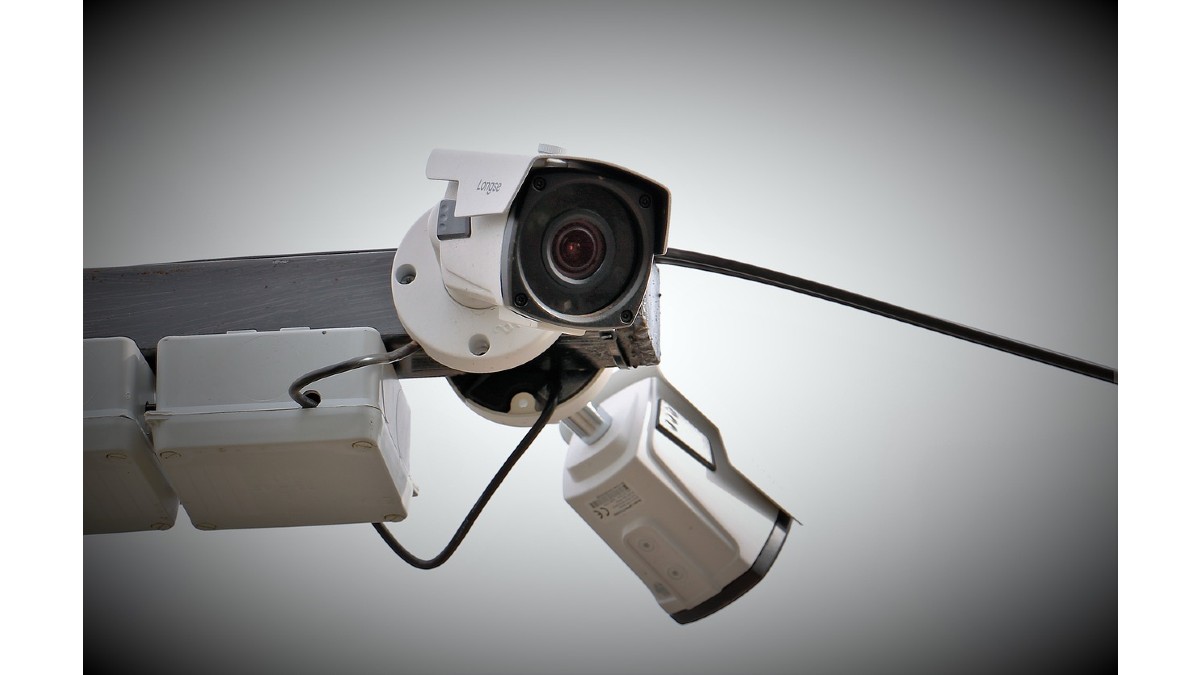

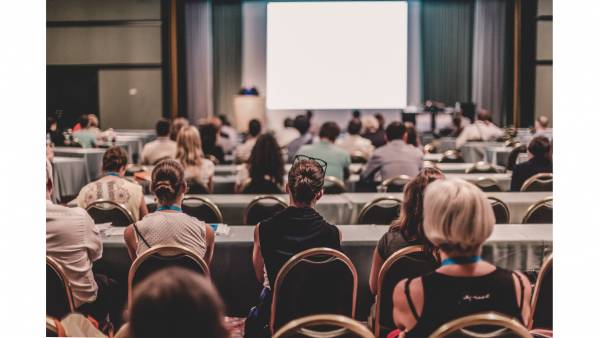
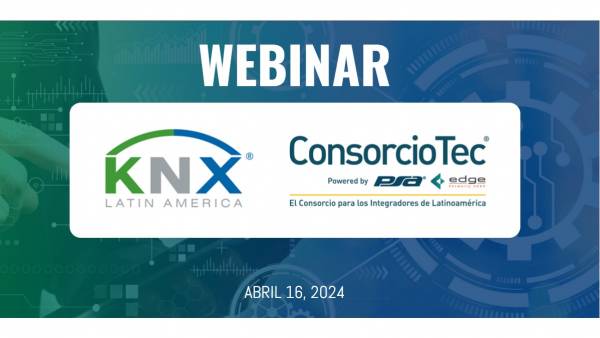


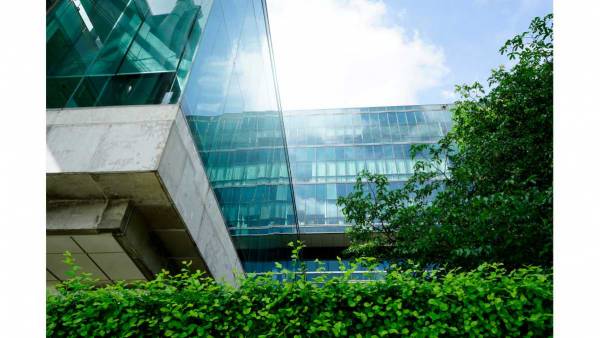
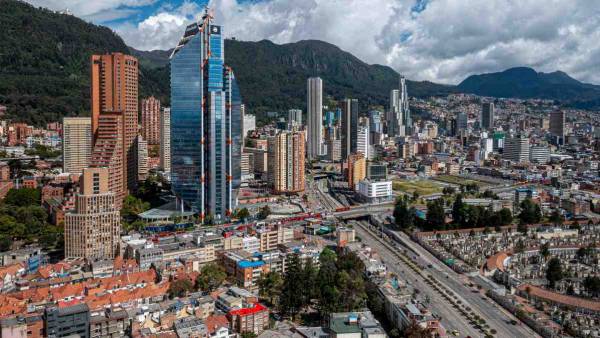
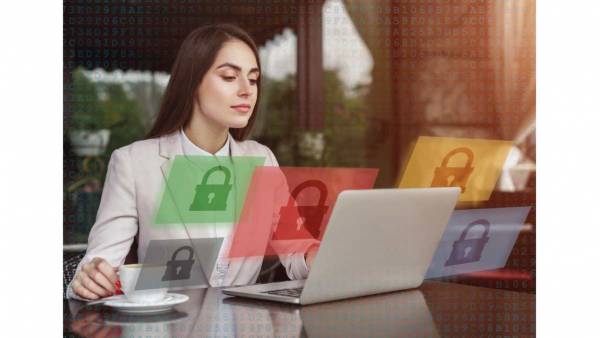


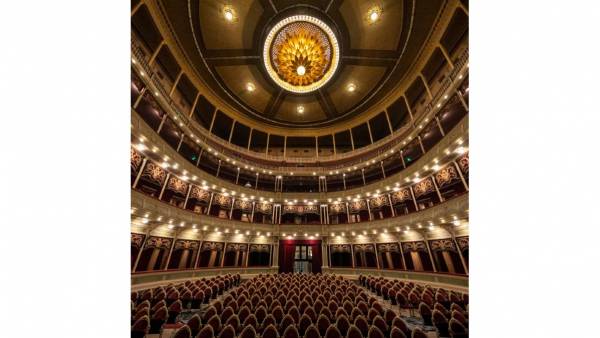
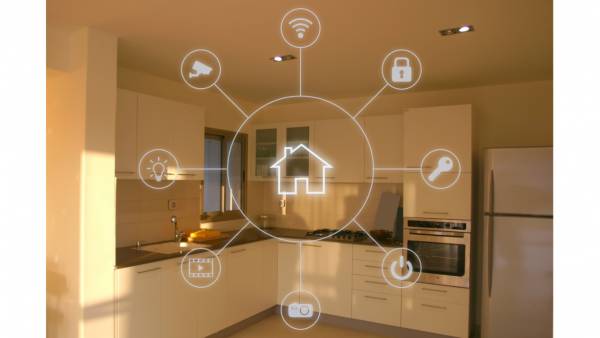
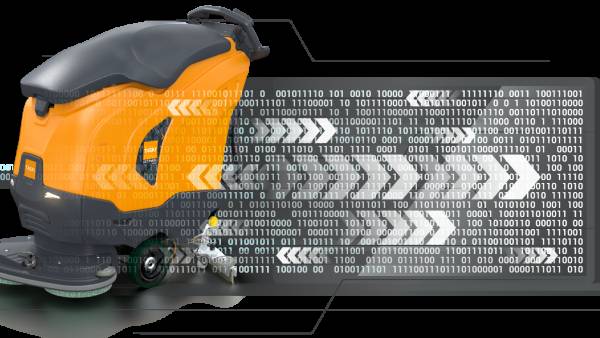
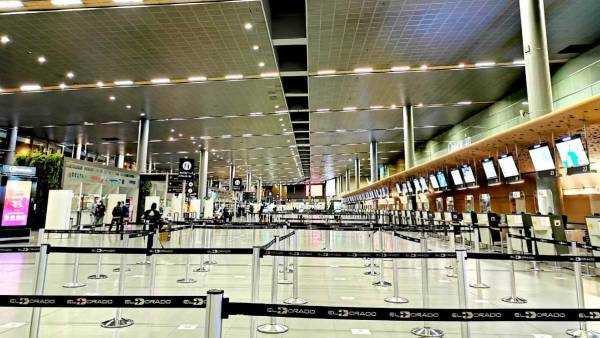
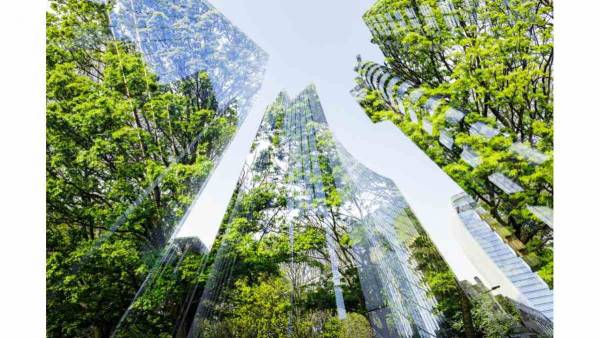
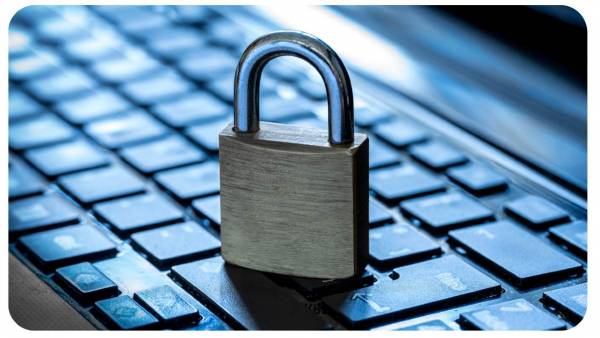







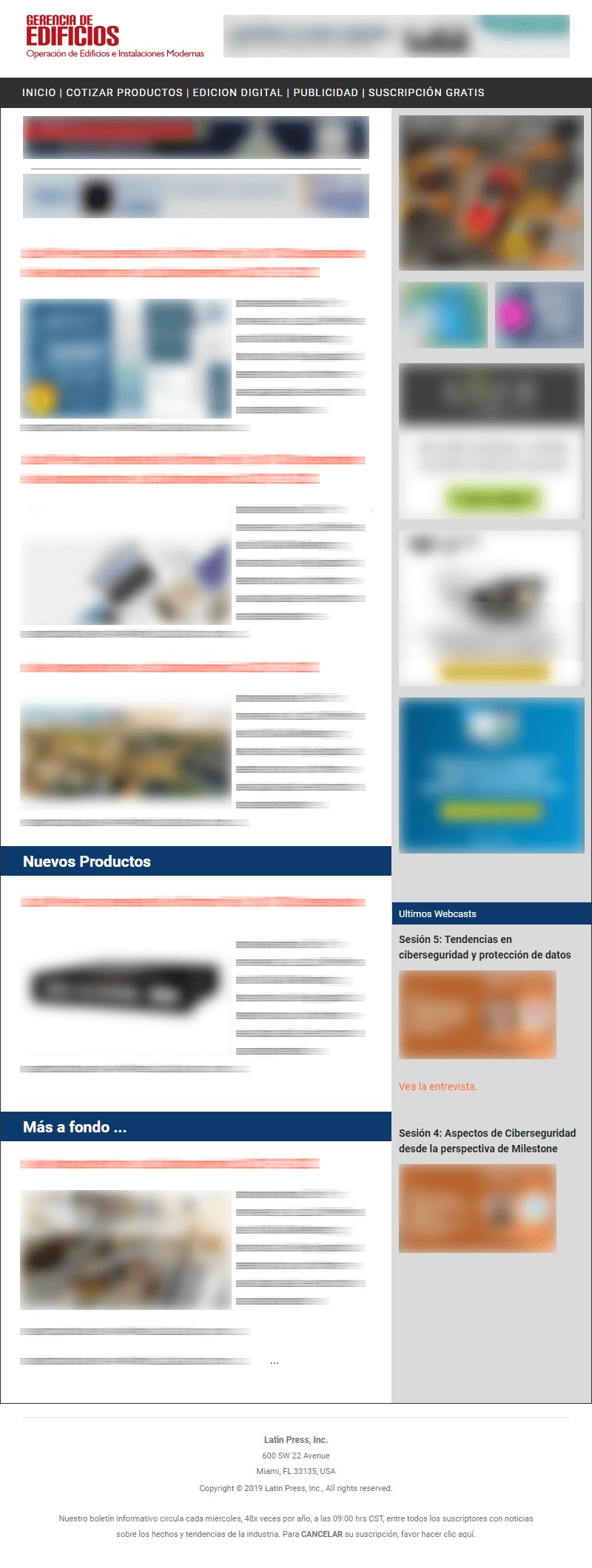
Leave your comment